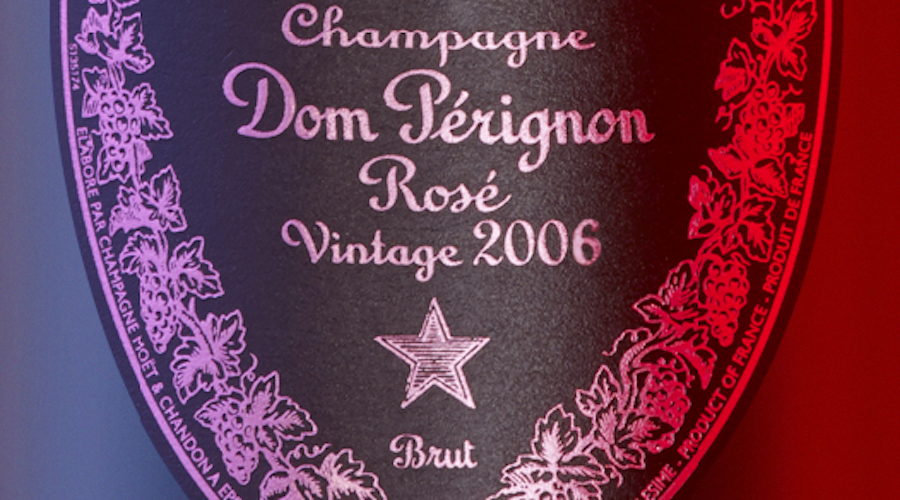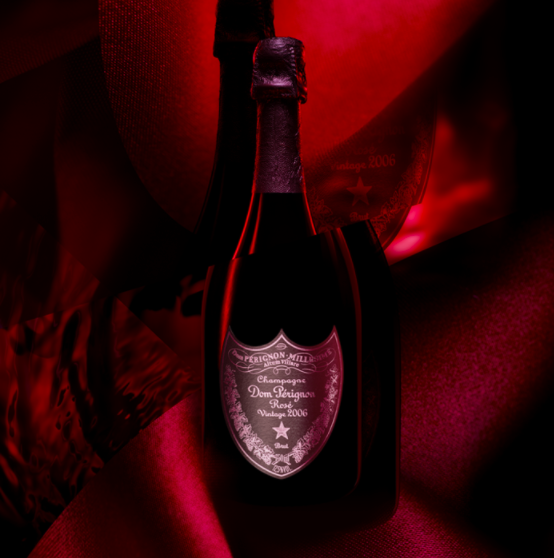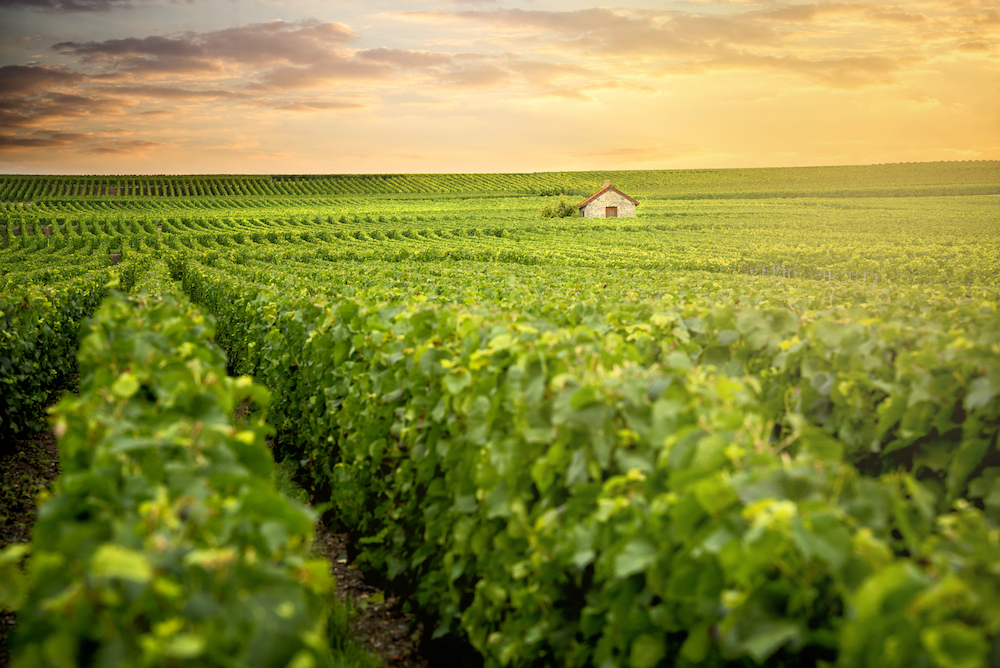Pink Champagne - misunderstood?
by Juliette Martin
2021-06-10

Miles Davis, 10th June 2021
Whilst writing the offer for Bollinger Grand Année Rosé 2012 (still some available here!) this week, I started thinking about pink fizz in a different context. Before now, I had never stopped to think about it seriously, it had always been something for immediate, and possibly immature, pleasure. I have never taken it seriously or given it the respect it deserves – more fool me!

Harking back, my first introduction as a rather inexperienced taster (at circa 15 years of age) was when an older sibling brought back a couple of bottles of Laurent Perrier NV Rosé from France for a Christmas treat. I remember, very clearly, being absolutely blown away, and that was just the concept of it – champagne that is pink, surely not!? Suffice to say it was heartily enjoyed but then a few Christmases later, rather easily surpassed, by another Champagne, a white this time but by the name of Dom Perignon. Obviously comparisons between the two are not fair but in many ways the damage was done. I was aware there was a Dom Perignon Rosé but that was another chunk up on an already expensive price tag, which was a step too far. Instead of considering rosés, I became used to buying special cuvées and vintage white champagne for the big occasion, and the odd Sunday lunch! Ironically I believe I was thinking that rosés were just not as serious or interesting as their white counterparts, yet when you start looking at the various critics and ratings between the different offerings from the same stables it is clear that this is not the case at all.

Vintage rosés are not produced as often as whites and are often more ‘vinous’ or ‘gastronomique’. They are made either by either skin contact through maceration from the Pinot Noir and Pinot Meunier grape varieties or by blending typically 5-20% of red wine with the still white wine and before the 2nd fermentation in bottle. Bollinger’s Grand Année Rosé, for example, is made using 5% of red wine derived from their La Cote Aux Enfants vineyard.
When I was managing wine investment funds, a few vintages of white Krug and Dom Perignon found their way into the portfolio but we did not even consider rosés at the time. Now the wider wine market is growing ever broader and more tradeable, it would be foolish to ignore them. Some of the smarter money is already in and demand is growing. The best wines can age gracefully for a long, long time and the prices for top Champagnes (of both colours) from top producers and vintages only travel in one direction.
Some of the producers who produce top quality rosé Champagnes:
Krug
Dom Perignon
Bollinger
Billecart-Salmon
Philipponat (Clos des Goisses)
Taittinger (Comtes de Champagne)
Ruinart
Posted in:
Tags:

